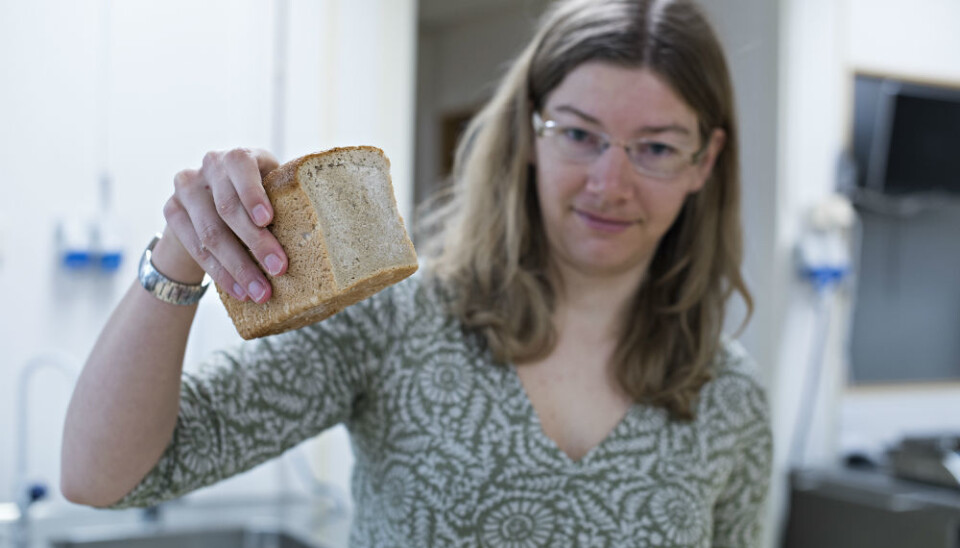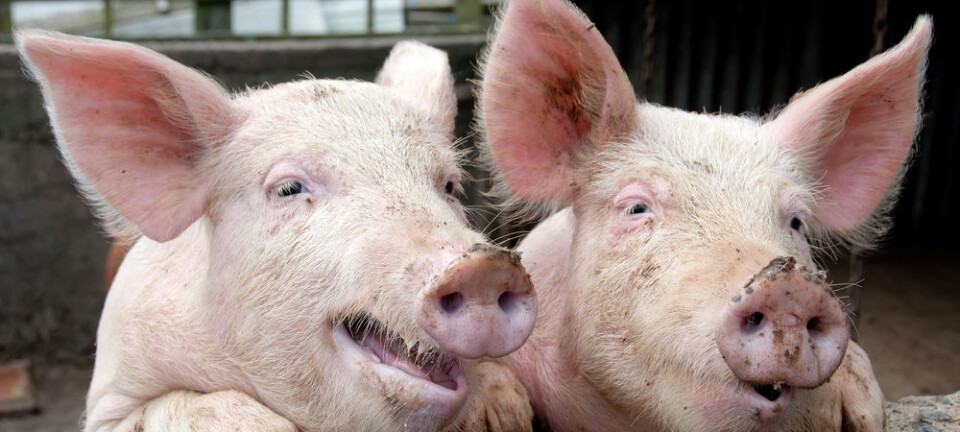This article was produced and financed by Nofima The Norwegian Institute of Food, Fisheries and Aquaculture Research

Healthy bread for the future
Scientists have developed bread that may help reduce cholesterol levels. The secret is treating the dietary fibres in the dough just right.
The term functional food is used for food that provides a specific health benefit in addition to what is normal for the same type of food product.
Anne Rieder from Nofima is convinced that bread also can qualify as functional food. She has developed a new recipe that hopefully will make bread a very healthy option.
Rieder and her team started by investigating what happens to the dietary fibre beta-glucans in barley during bread baking. They tested several baking methods and developed a way to measure the sizes of the beta-glucan molecules in order to determine the best method to make healthy barley bread.
The challenge lies with the way the beta-glucan molecules easily break down. And when they're broken down, their effect on your health is reduced.
Determining the baking method that gives the healthiest bread has been a long process. The scientist started by finding a method to bake tasty bread with up to 40% barley.
This bread is baked without adding extra gluten, while at the same time retaining acceptable bread volume and crumb structure. Normally when wheat is replaced by barley, the bread volume decreases and the crumb structure becomes more compact.
This is the bread recipe that the scientists have continued to work with when testing the various baking processes.
Rising dough causes problems
“What happens as the dough is rising is that enzymes that are naturally present in flour start to break down the beta-glucan chains, such that both the molecular weight and thus also the positive health effects are reduced. We have reduced the contact time between the barley flour and water, while at the same time focusing on high bread quality,” says Rieder.
The scientists started by testing several baking processes. Among the factors they examined were rising time and the timing of adding the barley flour.
They also tested the effects of using finely ground barley flour, coarsely ground barley flour or barley flakes.
Even before starting the experiments, the scientists knew that rising was critical, and thus they tested baking processes both with and without rising. They also tested the effect of adding the barley flour after the rising. Together with the barley flour, they added some dry yeast and the rest of the water.
Reducing the contact time between the barley flour and water proved to be crucial in minimising breakdown of the beta-glucans.
Finely ground, whole-ground or barley flakes
“Adding barley flour after the wheat-based part of the dough had finished rising and the gluten structure had been fully developed gave very good results. This seems to be the best way not only to preserve the chain lengths of the beta-glucans but also to produce bread with good volume and good crumb structure,” says Anne Rieder.
After determining which baking process gave the best results, the scientists went on to investigate how various types of grinding grain affected the molecular weight of the beta-glucans in the bread and the bread quality. The results are clear.
The larger the barley components in the flour, the higher the average molecular weight is. Barley flakes is the candidate to give the largest beta-glucan molecules in the finished bread.
Work is now under way to determine whether the beta-glucan is equally available in larger particles as it is in smaller particles. This will be crucial in assessing which type of grinding gives bread with the best health-promoting properties.
“In order to use the approved health claims for beta-glucans, a certain amount of beta-glucans must be present. Our experiments show that it is perfectly possible to bake barley bread with satisfactory levels of beta-glucans,” concludes Senior Scientist Svein Halvor Knutsen, who is also project manager of the Optifiber research project.
“We are now working to find out how chain length can also be used as a defined quality parameter when evaluating possible health benefits.”































